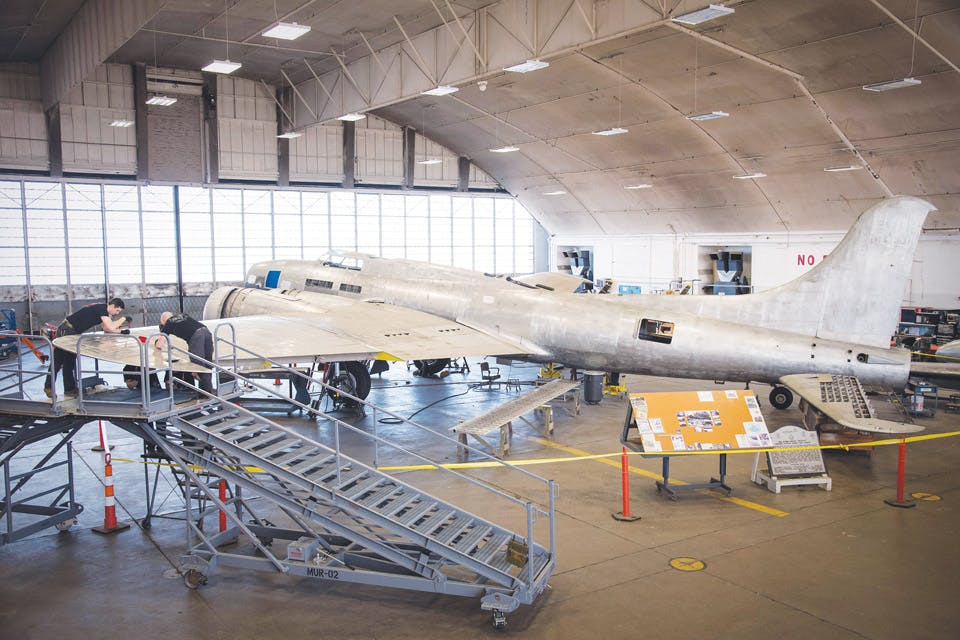Ohio Life
Memphis Belle Marks Milestone
The celebrated World War II flyer moves closer to being displayed at the National Museum of the United States Air Force near Dayton.
Related Articles

4 Ohio Summer Festivals that Celebrate Local Heritage
From frog jumps and fried walleye to tomato wars and chicken dinners, these events embrace the heritage of the communities they call home. READ MORE >>

Explore the History of 4 Ohio Cities on These Walking Tours
Whether you’re visiting for the first time or have lived there your entire life, these insightful treks are an entertaining way to learn more about these Ohio cities. READ MORE >>

5 Ohio Museums that Celebrate Aviation and Space Exploration
Learn about our state’s deep ties to aeronautics at these museums where exhibits stretch from the Wright brothers to the Space Race. READ MORE >>



